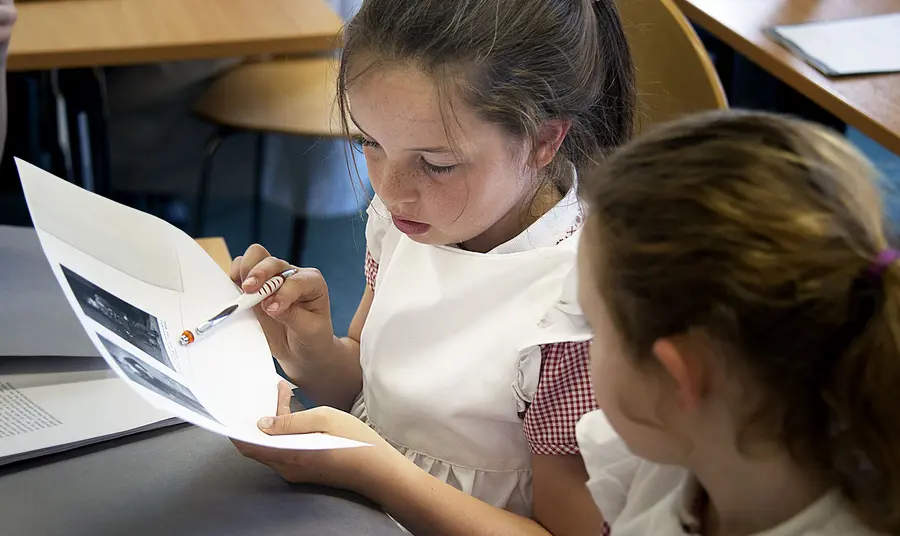
First World War: Then and Now
The archives of Blackburn Orphanage offer a fascinating insight into the First World War at home, through the letters and diaries of James Dixon, the founder of the orphanage and surrogate parent to 165 boys who went to war. The records show how admittance applications to the Orphanage soared during the war from children losing their fathers, and how the girls at home did their bit by knitting socks and scarves.
Child Action Northwest, which is based in one of the orphanage’s old buildings, explored this history with Salesbury School, where the orphans went to school.
Year six children visited Child Action Northwest’s Learning Centre and archive, where they learnt what life was like at the orphanage during the First World War. An existing team of archive volunteers worked with the charity's archivist to prepare 31 named folders for each member of the class to study a different orphan's life. They contained a mixture of primary evidence and information about the First World War, including birth certificates, war records and diaries.
Child Action Northwest had always believed that 10 boys from the orphanage had died during the war, but research during the project showed that it was actually 11.
The children also visited the Museum of Lancashire’s interactive First World War exhibit and the Lancashire Infantry Museum at Fulwood Barracks to learn more about the First World War.
Working with a volunteer from Blackburn Drama Club, the school children helped to make a documentary film.
The project culminated in an event in the grounds of the former orphanage with a plaque commemorating the 11 boys who died.